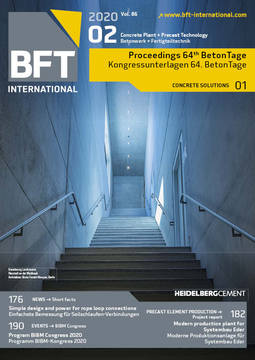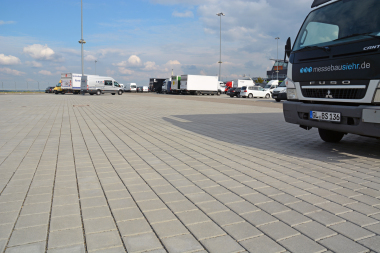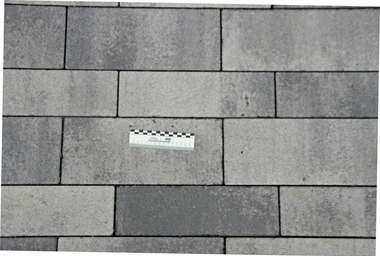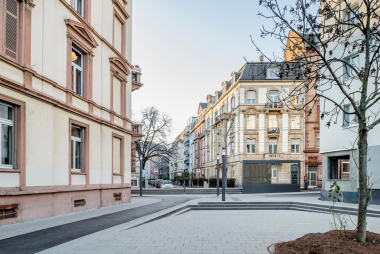Concrete slabs: ceramic slabs – unlimited serviceability regardless of the installation situation?
Pavements in outdoor installations are subject to requirements that follow from the specific characteristics of each installation location and from the actual foreseeable loading both during construction and during the subsequent period of ordinary use of the structure.
Goal-driven decisions for a feasible construction method combined with a truth-to-materials choice of construction products require a clear-cut definition of the performance goal taking serviceability into account. In this regard, the information provided by manufacturers offers a qualified basis for assessing the achievability of the agreed properties of a pavement. The objective knowledge of and experience gained in building practice with beneficial product properties in different construction and usage situations play a decisive part in the choice of a pavement product. The process calls for not only technical but also design requirements to be taken into account.
The range of construction products suitable for use in pavements is constantly developing so that the weighting of market shares is also constantly changing. However, the beneficial properties specific to different construction products do not ensure serviceability and therefore a successful work result in all installation situations. It is undisputed that each construction product has characteristic product benefits, but it also has material-specific performance limits.
Developments are in motion on the market for concrete and natural stone products as well as for ceramic tiles and slabs. Substituting pavement products has limitations but also offers opportunities. Notwithstanding the visual and design benefits of the construction products, the technical performance vis-à-vis the requirements of the specific construction situation must be guaranteed in the interests of the work result.
The lecture presents an objective view of the current status, defining application possibilities from the viewpoint of building practice.







